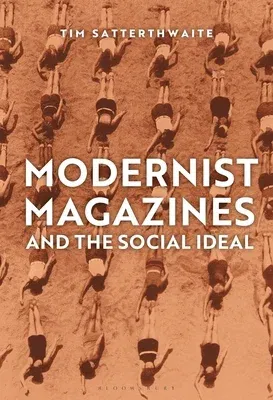Tim Satterthwaite
(Author)Modernist Magazines and the Social IdealHardcover, 3 September 2020

Qty
1
Turbo
Ships in 2 - 3 days
In Stock
Free Delivery
Cash on Delivery
15 Days
Free Returns
Secure Checkout

Part of Series
Criminal Practice
Print Length
312 pages
Language
English
Publisher
Bloomsbury Visual Arts
Date Published
3 Sep 2020
ISBN-10
150134160X
ISBN-13
9781501341601
Description
Product Details
Author:
Book Format:
Hardcover
Country of Origin:
US
Date Published:
3 September 2020
Dimensions:
23.11 x
15.49 x
2.29 cm
ISBN-10:
150134160X
ISBN-13:
9781501341601
Language:
English
Location:
New York
Pages:
312
Publisher:
Series:
Weight:
816.47 gm